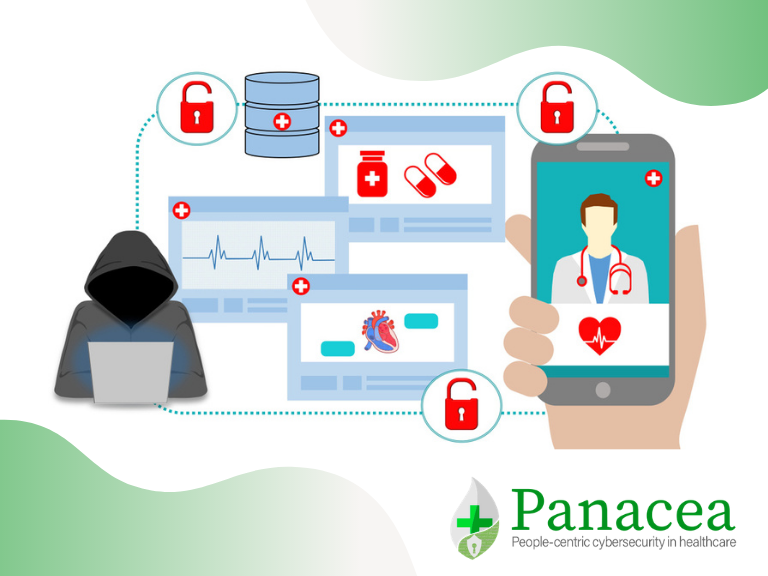The number of cyber-attacks around the world exploded in 2020: exploiting the Covid-19 pandemic as an opportunity for cybercriminals to take advantage of the shift in focus towards smart working and hospital staff transferred to the frontline.
An Investigation into Healthcare-Data Patterns

This paper (January 2019) investigates a modelling data flow in healthcare infrastructures.
Abstract: Visualising complex data facilitates a more comprehensive stage for conveying knowledge. Within the medical data domain, there is an increasing requirement for valuable and accurate information. Patients need to be confident that their data is being stored safely and securely. As such, it is now becoming necessary to visualise data patterns and trends in real-time to identify erratic and anomalous network access behaviours.
In this paper, an investigation into modelling data flow within healthcare infrastructures is presented; where a dataset from a Liverpool-based (UK) hospital is employed for the case study. Specifically, a visualisation of transmission control protocol (TCP) socket connections is put forward, as an investigation into the data complexity and user interaction events within healthcare networks. In addition, a filtering algorithm is proposed for noise reduction in the TCP dataset.
Results: Positive results from using this algorithm are apparent on visual inspection, where noise is reduced by up to 89.84%.
Future Internet 2019, 11(2), 30
PANACEA Research perspectives: This paper is of general interest to PANACEA given its focus on cybersecurity in healthcare infrastructures and medical devices.
Keywords: Medical device; healthcare infrastructures; data visualisation; network visualisation; cyber security; network security; advanced data analytics; hospital networks.
Lookout Watch entry date: 07/08/2019

